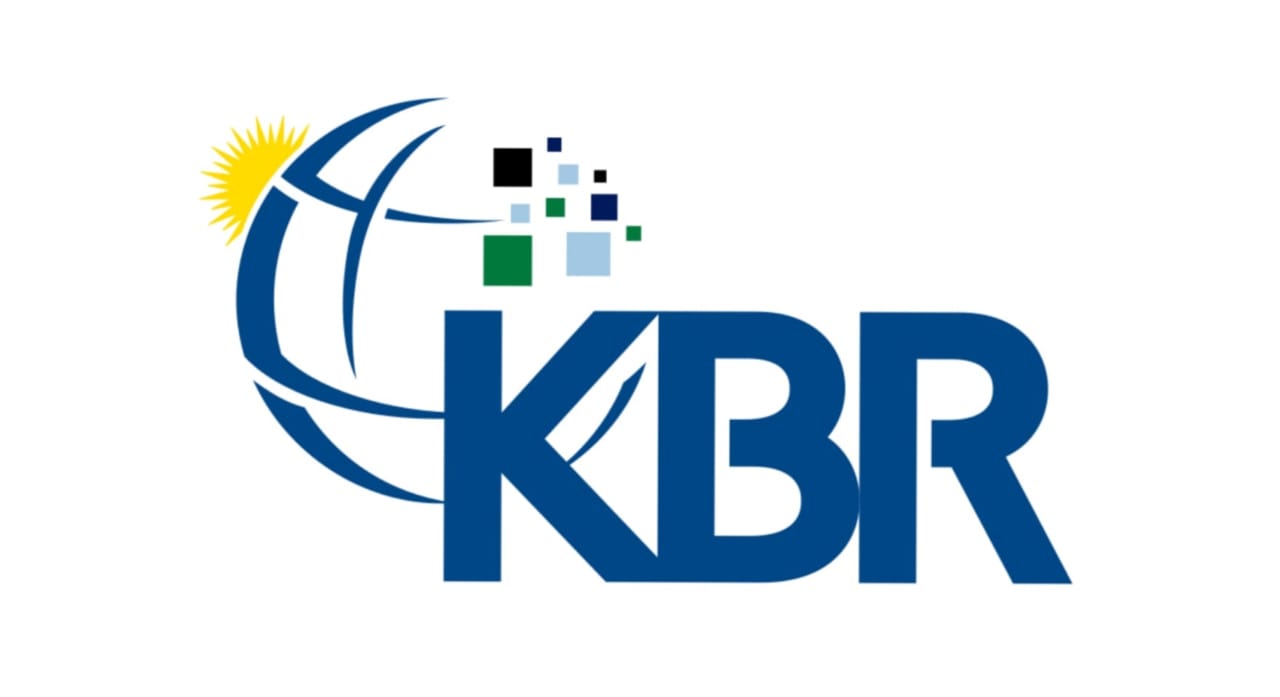Benefits of Wi-Fi Coverage Study: Ensuring Seamless Connectivity and Optimal Performance
A Wi-Fi coverage study helps optimize network performance by identifying weak spots, reducing interference, and ensuring reliable connectivity. It aids in cost-effective infrastructure planning, supports scalability, and ensures regulatory compliance, ultimately enhancing productivity and user experience in various environments.

Benefits of Wi-Fi Coverage Study: Ensuring Seamless Connectivity and Optimal Performance
In today’s fast-paced digital age, Wi-Fi is no longer a luxury but a necessity. From businesses to schools, and even public spaces, fast and reliable wireless internet is essential for everyday operations. However, ensuring optimal Wi-Fi coverage and performance can be challenging, especially in larger spaces or areas with complex layouts. A Wi-Fi coverage study provides a comprehensive analysis of a network's performance, helping to identify weak spots, sources of interference, and areas in need of improvement. The benefits of conducting such a study are numerous, ranging from cost savings to enhanced productivity and network security.
A Wi-Fi coverage study offers several critical advantages that can significantly improve how wireless networks perform. First, it allows for optimized network performance by identifying and addressing areas with weak or no signal, also known as "dead zones." This ensures that every part of a building or area has reliable connectivity, which is crucial for activities ranging from business operations to personal browsing. The study also highlights issues such as interference from physical barriers or other electronics, making it easier for technicians to troubleshoot problems and reduce downtime. By fine-tuning the placement of routers and access points, businesses and individuals can ensure consistent, high-speed connections throughout the entire area.
Another benefit is the cost-effective infrastructure planning it supports. A Wi-Fi coverage study provides valuable insights into the layout of a space and the areas that need additional coverage. This allows businesses to make informed decisions about where to place equipment like routers, access points, or repeaters, avoiding unnecessary purchases and reducing the risk of over-provisioning. By streamlining the network infrastructure, organizations can keep costs down while still delivering fast, reliable Wi-Fi to all users. In high-demand environments, such as offices, schools, or public venues, a Wi-Fi coverage study can improve the overall user experience by ensuring that users don’t experience slow speeds or interruptions. This leads to increased productivity in the workplace and more satisfied customers in public spaces, where Wi-Fi is increasingly expected as a basic service.
Moreover, a Wi-Fi study ensures future scalability of the network. With the growing number of connected devices in homes, businesses, and public spaces, it’s important that your network can handle the increasing demand. By identifying potential capacity issues, the study helps to plan for scalable network growth—whether it’s through additional access points or upgraded equipment. As new technologies are adopted and more devices come online, understanding the network’s current capabilities is essential to maintain smooth operations. Additionally, for industries that require compliance with regulations, such as healthcare or finance, a Wi-Fi coverage study can ensure that the network meets specific security and connectivity standards, ensuring both security and regulatory compliance.
Ultimately, a Wi-Fi coverage study is a valuable tool for any environment, whether in the home, business, or public space. It provides a data-driven approach to optimizing your network’s performance, security, and scalability, ensuring that your Wi-Fi infrastructure meets current and future needs. With the insights gained from such a study, businesses can improve network reliability, reduce operational costs, and enhance the overall user experience. Whether you are troubleshooting, planning for growth, or simply looking to optimize your network, a Wi-Fi coverage study is an essential step towards achieving seamless connectivity for everyone.







